
Feb 04 2022.
views 676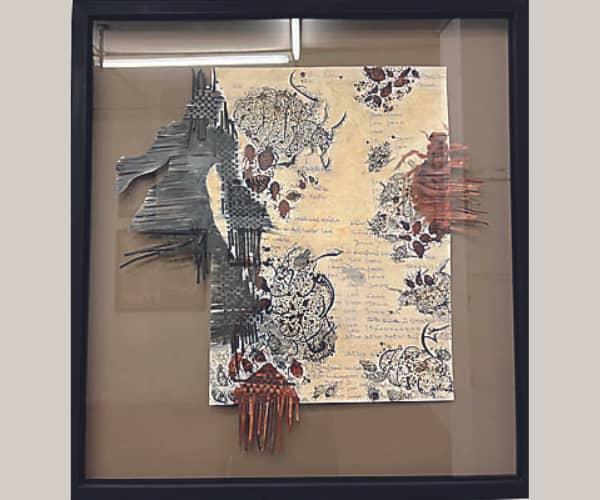
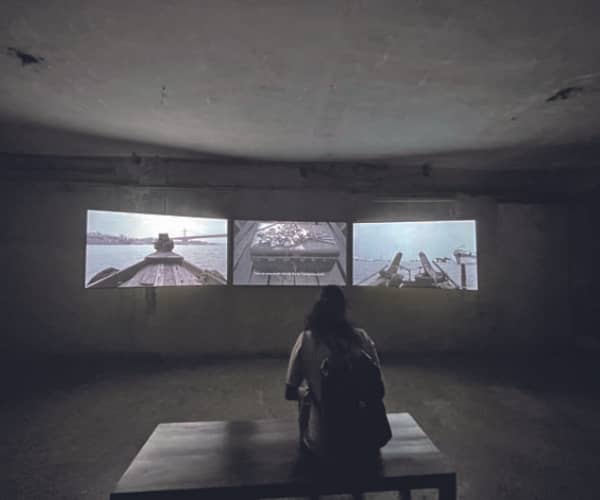
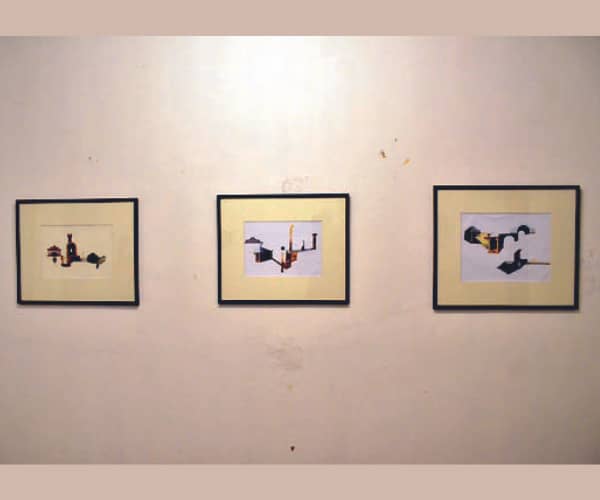
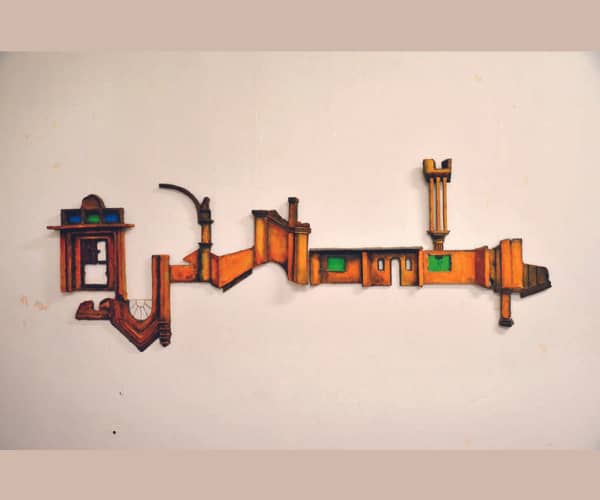
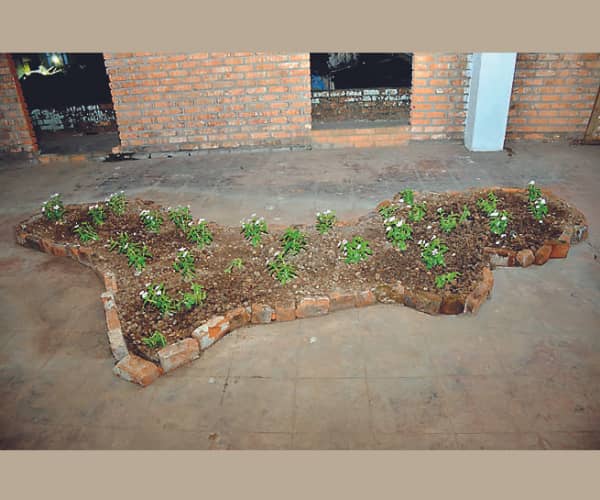
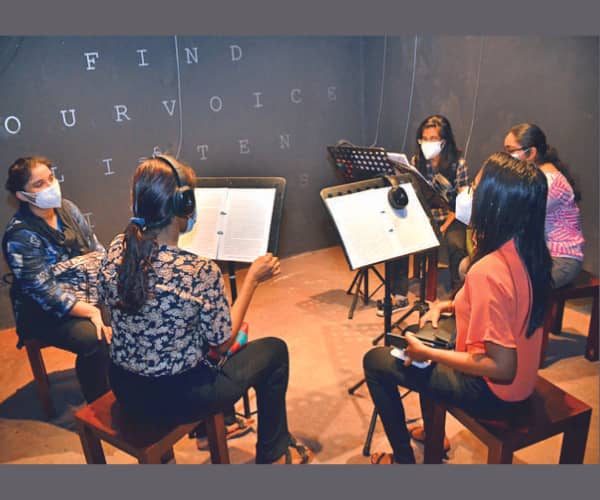
The interdisciplinary arts festival, Colomboscope 2022: Language is Migrant, took place from 21-30 January 2022 with exhibitions and events hosted across 6 venues in Colombo. With over 50 Sri Lankan and international artists participating in this festival edition, the exhibits and installations were freely available for public viewing at the Colombo Public Library, Rio Complex, Barefoot Gallery, Lakmahal Community Library, and the WA Silva Museum and Printing Press.
As one of the largest exhibition venues with over 15 projects and works on display, the Rio Complex was alive with the arts over the course of the festival. Here is a highlight of some of the works shown at the Rio.
M T F Rukshana
Creating organic sculptures and intricate weavings made with paper, M T F Rukshana engages in a personal exploration of the legal paradigms surrounding feminine agency, and rituals of marriage and divorce. Drawing from confidential dialogues with women who share their experience, her work illustrates the dynamics of subjugation and objectification of women through male custodianship in visual terms through repetitive figuration and patterning.
Baaraan Ijlal
The archival project ‘Change Room’ is an extension of Ijlal’s practice of maintaining oral testimonies collected anonymously that relate to larger historical and political processes to create a permanent home for lived accounts that dominant, official narratives often overlook. The Change Room at Colomboscope is a selection of recordings that relate to the conversations nurtured by the conceptual framework of
Language is Migrant.
Iffath Neetha Uthumalebbe
This installation was an experimental, visual configuration of the plurality, memory, diversity, remembering, and archiving of living heritage. Nicknamed the ‘centipede flag’ for its appearance, it appendages the seven-story minaret structure at the Beach Mosque in Kalmunai, speaking to a tradition that spans continents for over 200 years. Made from textile, the installation’s shape and colour connect with the natural world and its insects.
Omar Wasim
Wasim’s practice queers space, subverting the frames of development and progress that shape human relationships to the city and nature. His project ‘Spectral Remains’ created sites of remembrance all across the Rio in dialogue with its own memory of ethnic violence in Sri Lanka. As flower beds grow under sun and rain over months, the installation attunes to the meandering processes of recollection and the limits of representation.
Mano Prashanth
A practising artist based in Jaffna, Mano Prashanth worked with collage and drawings on paper as well as sculptural murals cast in fibreglass to reimagine and complete in his works, the ruins of colonial and pre-war buildings, taking into account the ruinous landscape left behind by the 30-year-long civil war that severely affected the Northern Province.
Danushka Marasinghe
Marasinghe’s work for Colomboscope ‘Dance in Darkness’, conducts a filmic archaeology of surveillance mechanism linked to current power relations and colonial-era documentation. Playing on the word ‘shoot’, he fashions target stands in his own likeness with a scattering of holes shaped like eyes, reminiscent of bullet holes, as he projects a video collage onto the silhouette.
Palash Bhattacharjee
A Chittagong-based artist's evolving photo and video installations and site-responsive performances investigating linguistic expression, embodied memory, and non-linear time; his multi-channel video installation ‘Link Road’ developed for Language is Migrant explores his spoken dialect, formed at the confluence of various currents, on the river Karnaphuli, which flows through Chattogram. The meanderings of language and identity are juxtaposed with a boat adrift on the river with sporadic recollections of coming to terms with ‘otherness’ as what lies within the self and not without.
Megara Tegal and Aamina Nizah
Their project ‘Closing Chapters’ explores the disappearance of the script, Gundul, used by the Sri Lankan Malay community during the colonial period. Through their work, they delve into issues pertaining to language adaptations, migration, and identity of the minority Malay community, through their personal family histories.
T. Vinoja
In a quest to bring to the fore experiences of oppressed figures, Vinoja’s textile art, canvases, and installations examine how objects and sites convey experiences of loss, abandonment, and shattered realities. Her installation ‘Stitching on Bandage’ is made entirely of bandages and yields a totemic form that reveals how pain memory is a place that may fall silent but never fully retreat.
Artist descriptions courtesy of Colomboscope.
Pix by Waruna Wanniarachchi
0 Comments